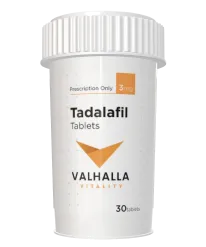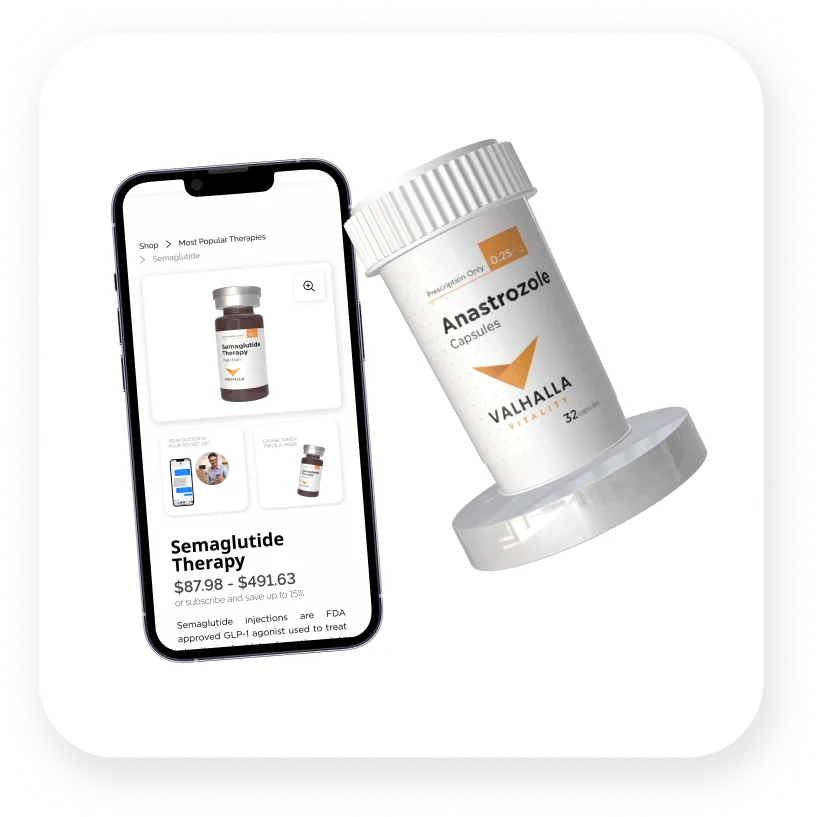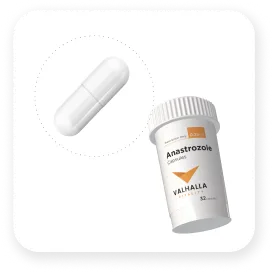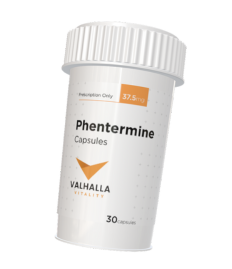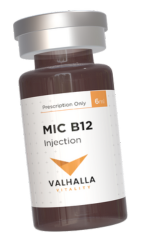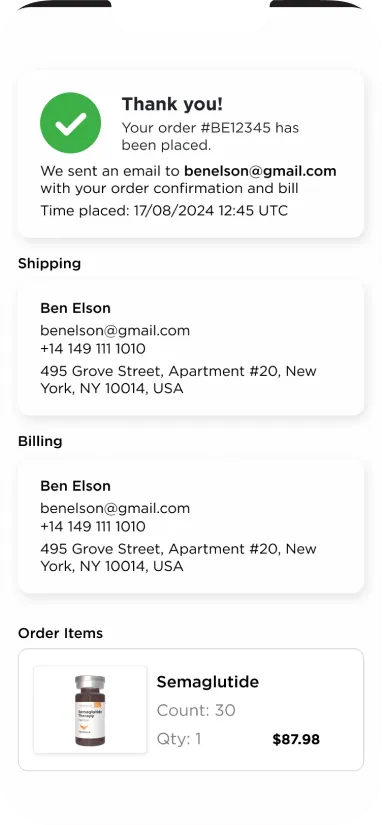Get started with your personalized Vitality Wellness Blueprint—a free tool designed to help you explore the right therapies and lifestyle support for your journey.
Your wellness, your way
Our all-in-one toolkit puts the power of wellness in your hands.
Your wellness, your way
Our all-in-one toolkit puts the power of wellness in your hands.
Find The Therapy that Fits YOUR Lifestyle
Backed by providers. Guided by AI. Built for you.

Find The Therapy that Fits YOUR Lifestyle
Get started with your personalized Vitality Wellness Blueprint—a free tool designed to help you explore the right therapies and lifestyle support for your journey.
Backed by providers. Guided by AI. Built for you.

Reliable and discreet shipping
Trusted provider support
Easy online access
Reliable and discreet shipping
Trusted provider support
Easy online access
Reliable and discreet shipping
Trusted provider support
Easy online access
Reliable and discreet shipping
Trusted provider support
Easy online access
As of January 15th, we've transitioned from text line support to a ticketing system. Please click here to submit your inquiry.
As of January 15th, we've transitioned from text line support to a ticketing system. Please click here to submit your inquiry.
As of January 15th, we've transitioned from text line support to a ticketing system. Please click here to submit your inquiry.
As of January 15th, we've transitioned from text line support to a ticketing system. Please click here to submit your inquiry.
As of January 15th, we've transitioned from text line support to a ticketing system. Please click here to submit your inquiry.
Top Therapies
Wellness Shop
Explore our wellness shop to discover the perfect therapy tailored to your needs.
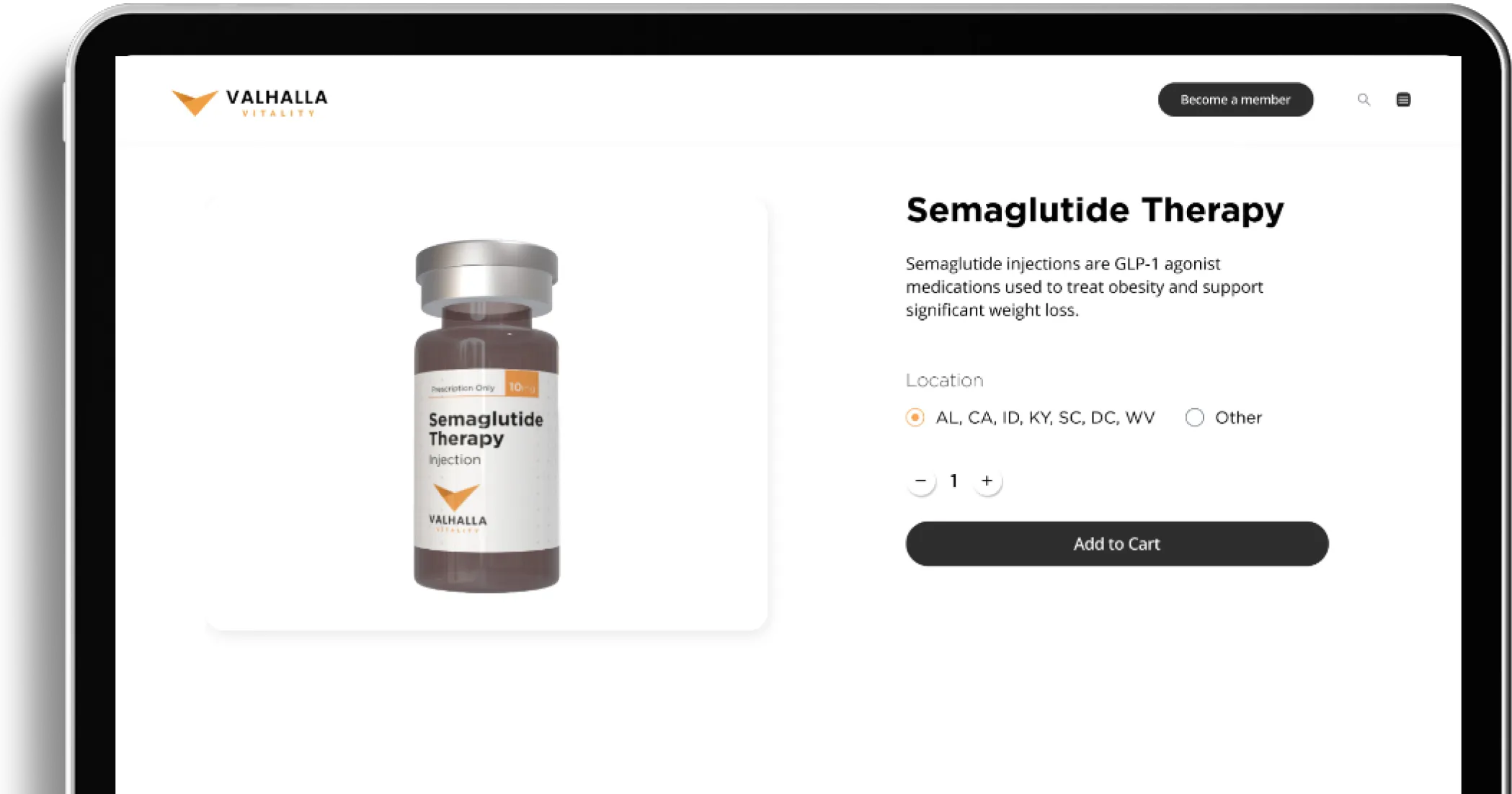
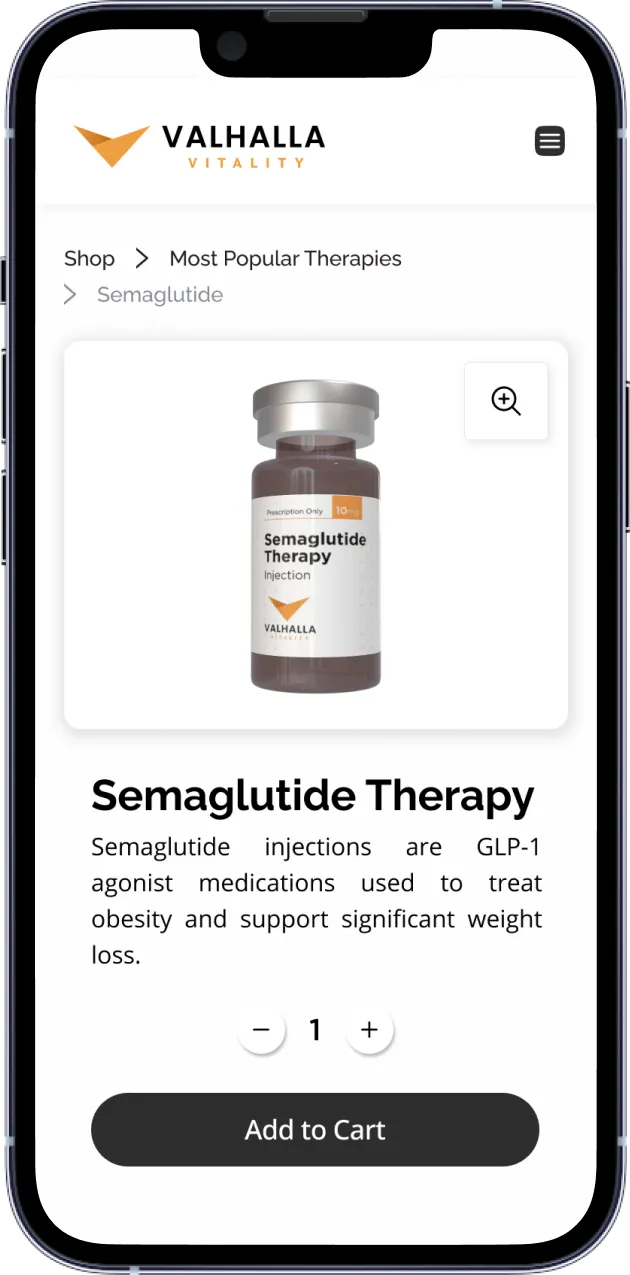
Exсlusive Therapies
Explore our wellness shop to discover the perfect therapy tailored to your needs.
Go to Wellness Shop
Semaglutide Therapy

MIC B12 Therapy

Enclomiphene Therapy
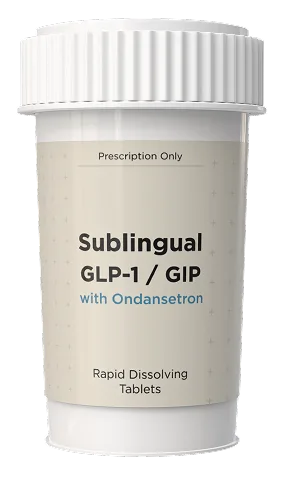
Sublingual GLP-1 / GIP

Sermorelin Therapy



Invest in Yourself and Reap the VIP Rewards

Save on every purchase

Invite a friend

Reliable shipping

Celebrate your birthday

Automatic tier upgrade

Shop with points
Blood Testing Made Easy


Convenient Services
Flexible scheduling and easy access to our services make it convenient for you to get the tests you need
Personalized Care
We offer tailored bloodwork panels to meet your specific health needs and concerns
Certified Tested Laboratories
Valhalla Vitality offers certified tested analyses you can receive at home, ensuring reliable results for your health
Platform Membership Benefits

The Biggest Health and Wellness Community

Professional Medical Providers

Exceptional Health Services

Individual Treatment Plans

Direct Access to Therapy Pricing

Exclusive Prices For Subscribers

Your Way To Be Healthy

Individual Treatment Plans

Direct Access to Therapy Pricing

Exclusive Prices For Subscribers

Every day offers a fresh start to restore your health!



